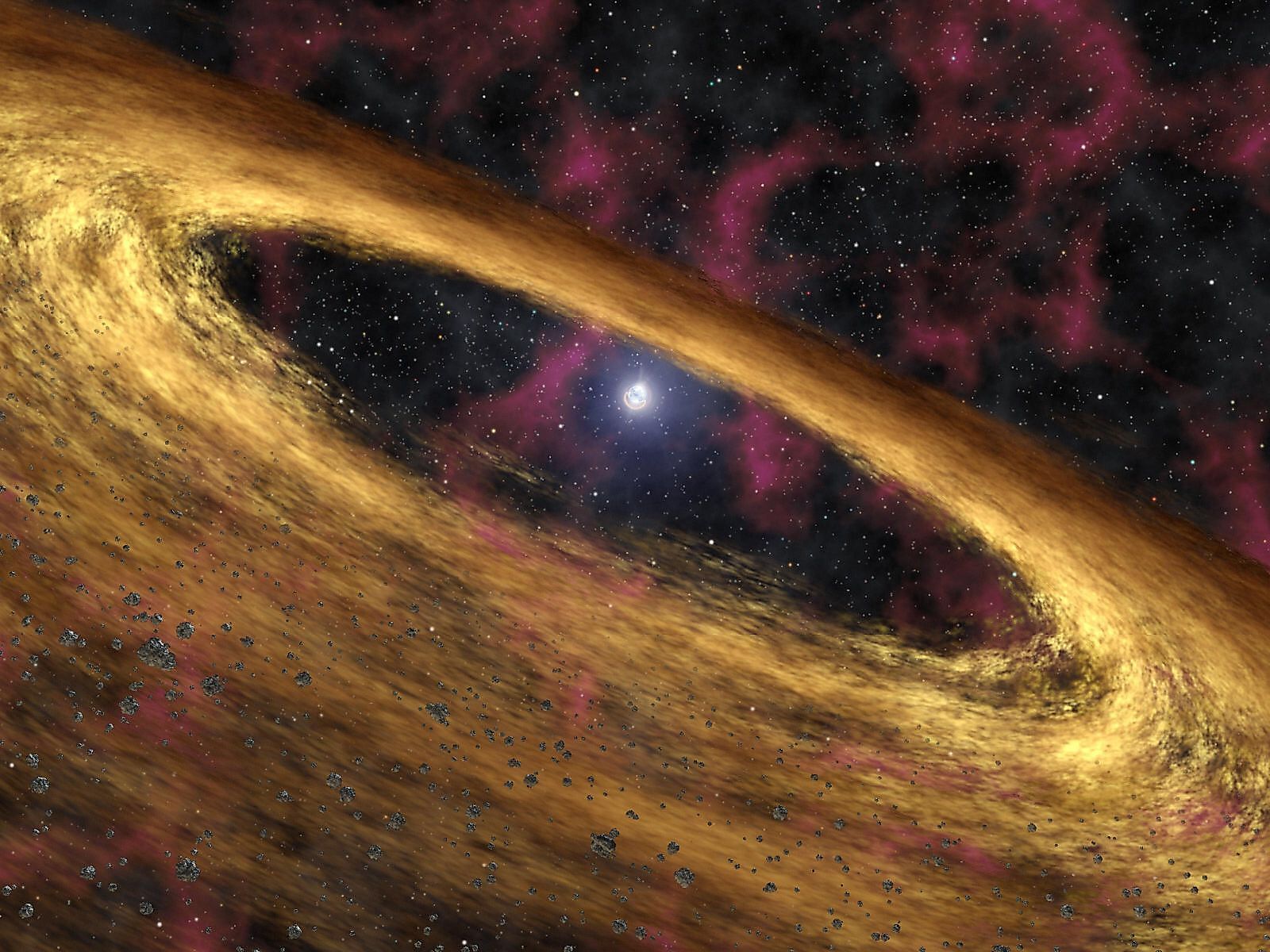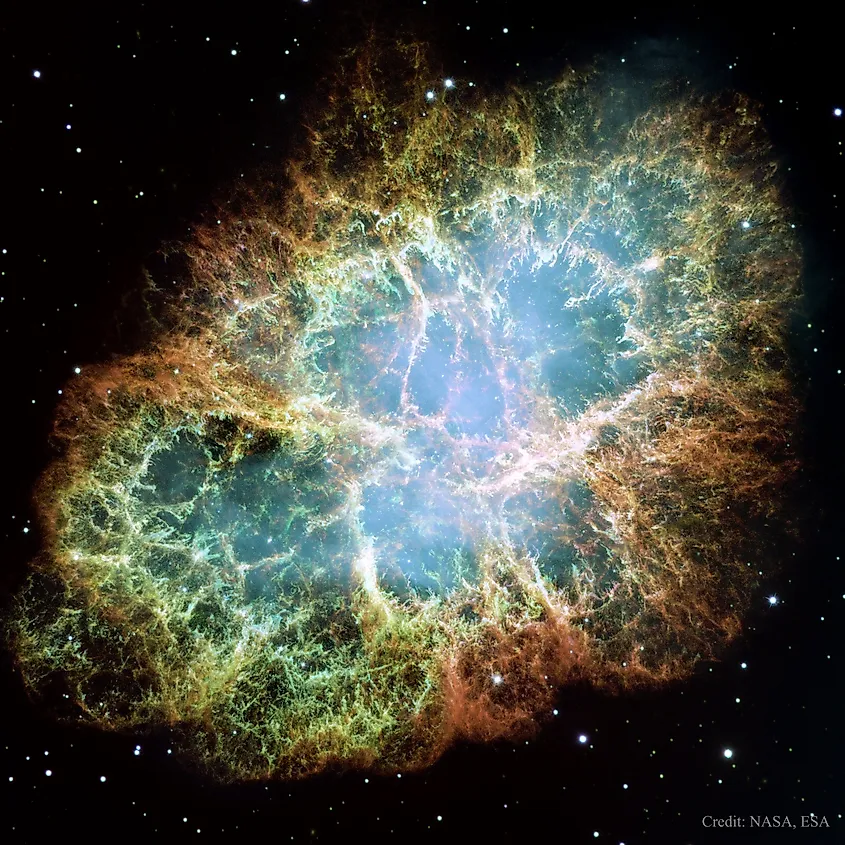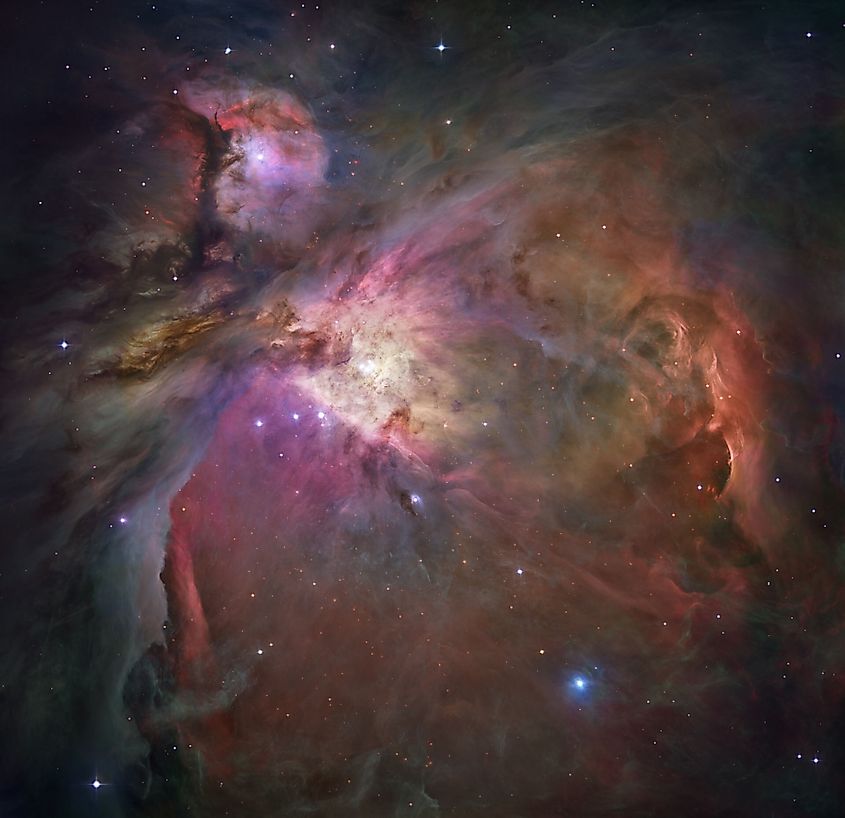
How Do Planets Form?
In the last 30 years, scientists have discovered over 4,000 planets in the Milky Way. Data suggests that every star is accompanied by one or more planets, meaning that planet formation is likely a natural part of star formation. It was once believed that the planet formation process was so rare that only the sun has planets, yet it is now understood that planets likely outnumber the stars. How do planets form around stars?
How To Get The Materials For Planets

As is the case with much of science, our common-sense intuitions can be wrong. As strange as this may sound, larger stars actually have a shorter lifespan than smaller stars. This isn’t a difference of, say, a few million years or so. The smallest stars, called red dwarfs, can live for hundreds of billions to perhaps even trillions of years. These are rough estimates as their lifespans are so long that no red dwarfs of advanced age exist in the entire universe. Despite containing vastly more hydrogen fuel than smaller stars, the largest stars will exist for less than 100 million years on average, a relatively short lifespan given that red dwarfs can live for trillions. Interestingly, it is not the amount of hydrogen that determines stellar lifespan but the rate at which that hydrogen is fused into heavier elements. More massive stars have much higher core temperatures which causes them to burn through their hydrogen supply at a much faster rate than small mass stars. Although it seems sad that the most brilliant stars live fast and die young, neither our sun nor the planets themselves would be here if that were not the case.
The higher core temperatures of massive stars means they can create a much higher diversity of heavy elements in their core compared to small mass stars. Many metals, such as magnesium and iron, come from high-mass stars. When a massive star exhausts its hydrogen supply and converts most of it into heavier elements, the star begins to collapse under its own gravity. This generally occurs as soon as iron is formed in a star’s core because the fusion of iron into heavier elements consumes more energy than it releases. Iron absorbs the star's energy rather than being a net contributor to the star’s supply. As the star collapses, its outer layers rebound off the core and explode in a mighty supernova explosion. During a supernova, the energy released can exceed the combined energy of every other star in the galaxy, making them among the brightest events in the cosmos. The energy is so intense that iron may be fused into even heavier elements such as gold and silver for a very brief moment.
If it were not for supernova explosions, the heavy elements within massive stars would have no way of being dispersed into space. Eventually, the very same material that once composed a massive star will be used to form an entirely new star with its own solar system. Based on the composition of the sun, astronomers believe that our star is a second or third-generation star, meaning that one or two stars went supernova before our sun for it and its planets to form.
From Stardust To Planet

How do you get from stardust to planets? This process was and remains somewhat of a mystery. As a star forms, a gigantic disk of stellar material, called a protoplanetary disk, will form around it. Within this swirling disk of stardust, planets and their moons begin to form. For decades, astronomers had actually assumed that our sun was unique in that it was believed to be the only star accompanied by planets. This was because every process astronomers could develop was simply too unlikely for it to happen around other stars. However, in 1996, astronomers announced the confirmation of the first planet found orbiting a star other than our sun. This discovery has been followed by two decades of intense research into exoplanets, revealing that every star we can see is likely accompanied by its own planets.
Telescopes have found and confirmed the existence of planet-forming disks around young stars within star-forming regions. Although these discoveries confirmed that planets form around stars in disks of stellar material, consequent observations raised more questions than they answered. Notably, it turned out that protoplanetary disks do not tend to exist for very long (in astronomical terms). On average, a protoplanetary disk will exist for a mere 10 million years before dissipating into the surrounding space or falling into the forming star. This means that a solar system must form within a 10-million-year window, a brief period of time, especially given that many geologic processes on the planets themselves can take longer than that to unfold. The problem now was to puzzle out how stardust could create an entire solar system in that window.
The current model for how planets form is simple and straightforward. It starts with tiny particles of dust in orbit around a star. The gravity between such small particles is insufficient to pull them together to form larger objects, so for the first large rocks to form, the electrostatic force must hold them together. Dust particles will have an electric charge; thus, negatively charged ones will be attracted to positively charged ones and vice versa. However, the electrostatic force will not be sufficient as soon as objects become too large. Thankfully, we have gravity to take over as soon as this occurs. Once objects become large enough for gravity to become relevant, the growth of planets becomes exponential as more massive objects impact and stick together, increasing the pull of their gravity and drawing in more material. As soon as planets are formed, a new process begins regardless of whether the initial protoplanetary disk remains intact.
Planetary Collisions
Even in our solar system, astronomers believe that it may have once been home to a hundred or more planets that emerged from the protoplanetary disk. We do not have nearly that many planets around the sun anymore, and it’s because, in order for the current planets to have formed, planets needed to collide with each other. Generally, the larger planets tend to absorb the smaller planets upon collision, making the larger planets even bigger. In our solar system, every planet is believed to have gone through this process, with the gas giants inevitably colliding with and absorbing more planets than their rocky counterparts. Even the Earth had to survive a major collision that astronomers believe resulted in the formation of our moon. Some 4.5 billion years ago, the young Earth was on a collision course with a Mars-sized planet dubbed Theia. Because the two planets were both relatively large compared to each other, the young Earth risked being shattered into pieces. However, the Earth got lucky, and Theia collided at just the right angle to only shatter part of our world and send the material into orbit. For a short period of time, the Earth would have likely had a ring in its orbit, with the planetary debris of the ring eventually forming our moon.











